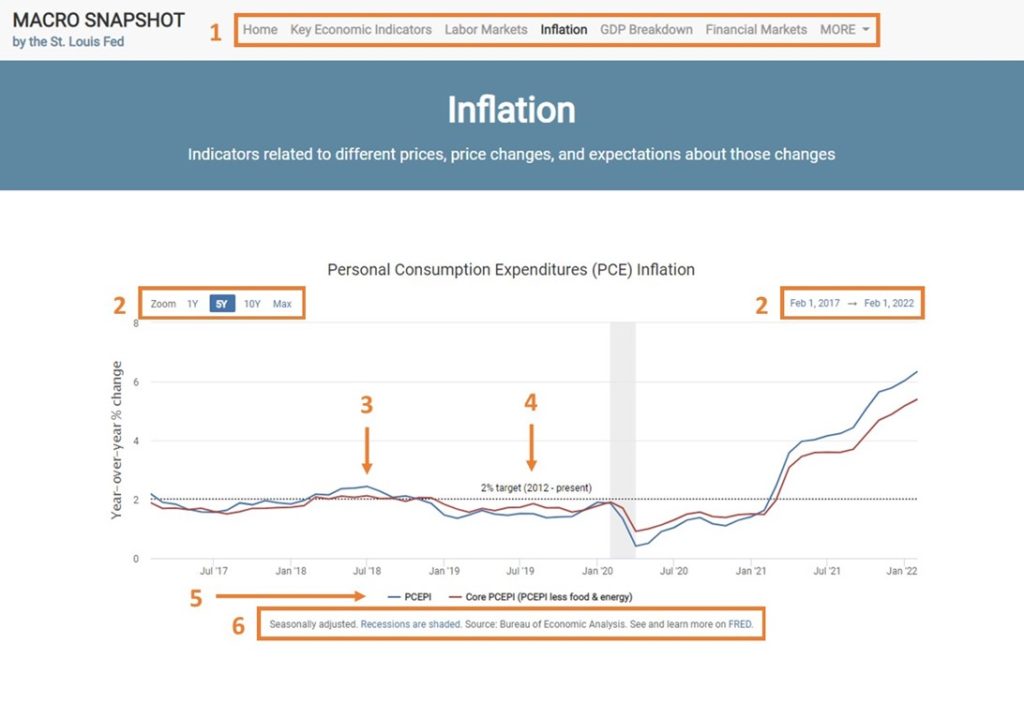The Russian invasion of Ukraine has amplified concerns about the price of gasoline. And for good reason: In March, prices at the pump surged over $4 per gallon for the first time since July 2008. This increase is more than 50% above prices in March 2021, which were about $2.80 per gallon. Gas at $4 per gallon sounds scary, but are real gas prices really that high?
By real prices, we mean prices that take overall inflation into account. To investigate, we compare nominal gas prices (the price you pay at the pump) to real gas prices, which we compute by dividing the nominal price by the consumer price index (CPI) and multiplying by 127.5, the value of the CPI in January 1990. By doing this, we normalize the gas price to the value of the dollar in January 1990, allowing us to compare gas prices across time and account for overall inflation.
The FRED graph above shows the result: Real gas prices have indeed increased in the past few months; however, they have only recently reached their pre-pandemic level. While nominal gas prices have increased rapidly over the past few months, real gas prices were still lower than they were for most of the 2006-2014 period. In fact, today’s real prices are within one standard deviation of the mean over the past 15 years.
These normalized, real gas prices have remained relatively flat over the past 5 years, which tells us that the high nominal prices are substantially driven by high inflation. Now we understand that an essential driver of the long-run increase in the price at the pump is inflationary pressures.
How this graph was created: Search FRED for “gas price,” then from its graph click on “edit graph”, under “customize data,” and apply formula (127.5*a)/(b). Then open the “add line” tab and search for the gas price again.
Suggested by Julian Kozlowski and Sam Jordan-Wood.

